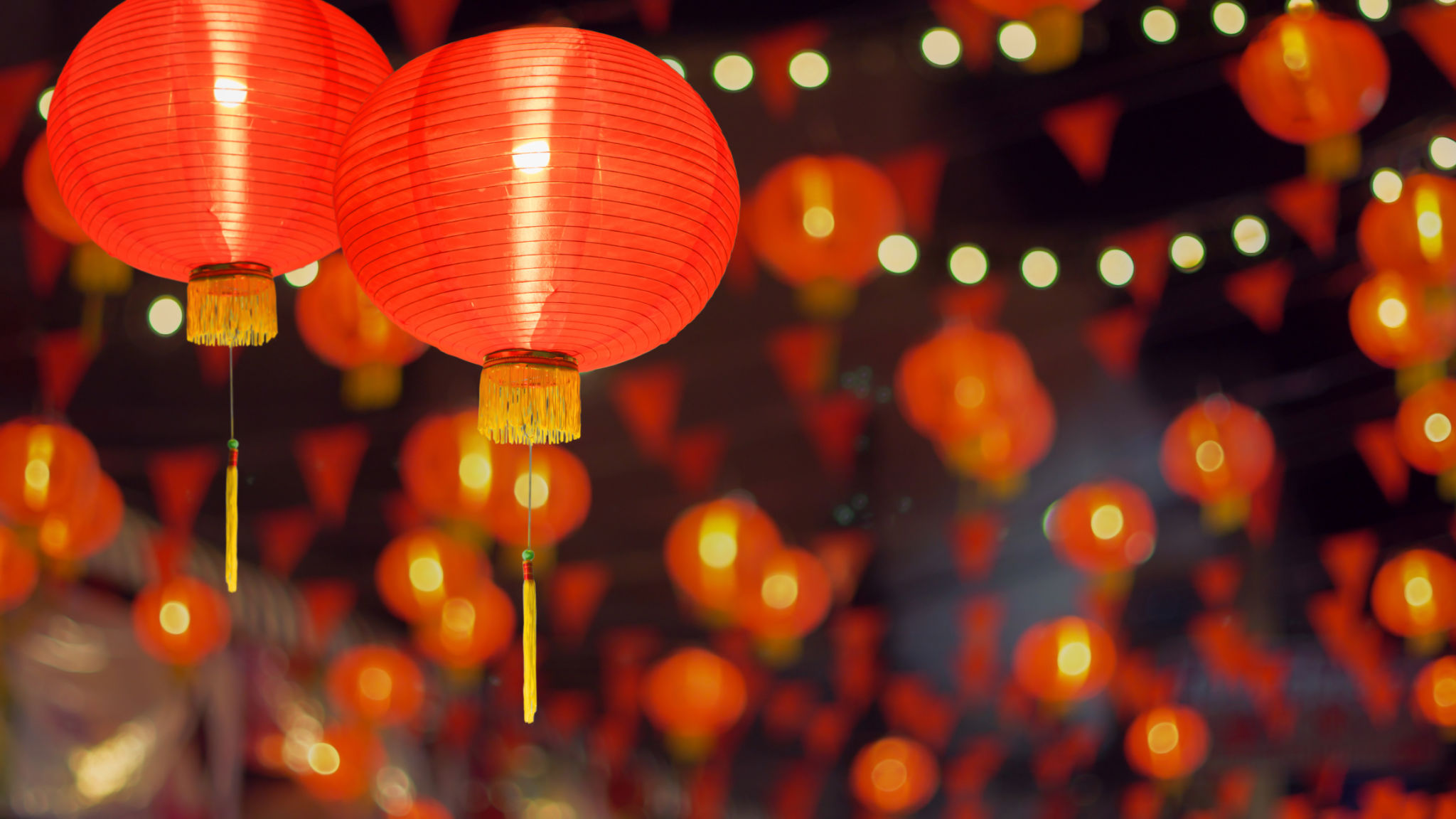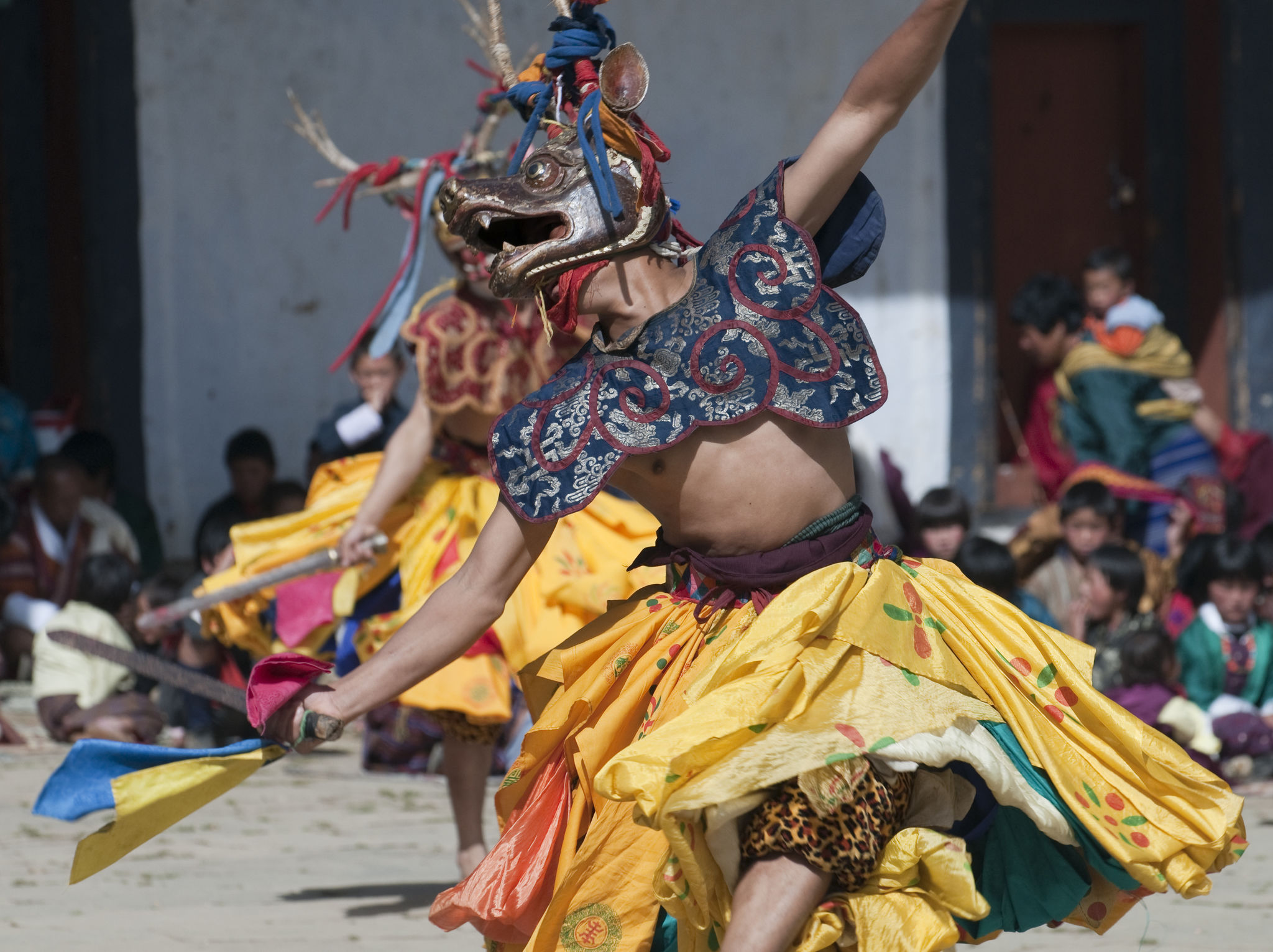Spring Festivals in Bhutan: A Cultural Journey Through Time
Introduction to Bhutan's Spring Festivals
As the cold grip of winter melts away, Bhutan transforms into a vibrant tapestry of colors and sound. Spring marks the beginning of festival season, a time when ancient traditions come alive and the country's cultural heritage is celebrated in full splendor. These festivals, known as Tshechus, are not only religious events but also social gatherings that unite communities and attract visitors from around the globe.

The Significance of Tshechus
Tshechus are deeply rooted in Bhutanese culture and history. They are held in honor of Guru Rinpoche, the saint who introduced Buddhism to Bhutan. Each Tshechu is unique, offering a glimpse into the country's rich spiritual life through a series of masked dances known as cham. These dances are more than mere performances; they are considered a form of meditation and an offering to deities, believed to invoke divine blessings.
During these festivals, locals don their finest attire, adding to the kaleidoscope of colors. The air is filled with the sounds of traditional music, and the atmosphere is one of joy and reverence. For many Bhutanese, attending a Tshechu is an opportunity for spiritual purification and renewal.
Popular Spring Festivals
Among the many Tshechus held across Bhutan, a few stand out for their grandeur and historical significance:
- Paro Tshechu: One of the most famous festivals in Bhutan, held in the Paro Valley. The highlight is the unfurling of the giant Thangkha, or Thongdrol, which is believed to cleanse viewers of their sins.
- Punakha Drubchen: Known for its dramatic recreation of the 17th-century battle against Tibetan invaders. This festival offers a unique blend of history and spirituality.
- Talo Tshechu: Celebrated in the picturesque village of Talo, this festival is renowned for its beautiful music and dance performances.

The Role of Dance and Music
The masked dances performed during Tshechus are steeped in symbolism and depict stories from Buddhist mythology. The elaborate costumes and masks worn by performers represent various deities, animals, and historical figures. Each dance tells a story, conveying moral lessons or recounting significant events from Bhutan's past.
Music plays an integral role in these festivals, with traditional instruments like the dramnyen (a type of lute) and horns providing the backdrop to the dances. The rhythmic beats and haunting melodies create an immersive experience that captivates both locals and visitors alike.
Experiencing Bhutanese Hospitality
Attending a spring festival in Bhutan offers more than just a glimpse into its cultural heritage; it provides an opportunity to engage with its warm and welcoming people. Visitors are often invited to join locals for meals or tea, experiencing firsthand the renowned Bhutanese hospitality.

These interactions add depth to the festival experience, allowing travelers to forge meaningful connections and gain insights into daily life in Bhutan. Whether sharing stories or simply enjoying the vibrant atmosphere together, these moments create lasting memories.
Planning Your Visit
If you're considering a trip to Bhutan during spring, it's important to plan ahead. Travel permits are required for all international visitors, and attending popular festivals can mean arranging your travel months in advance to secure accommodation and permits.
The ideal time to visit is between March and April when the weather is pleasant, and several major Tshechus take place. Whether you're a culture enthusiast or simply seeking a unique travel experience, Bhutan's spring festivals promise an unforgettable journey through time.
